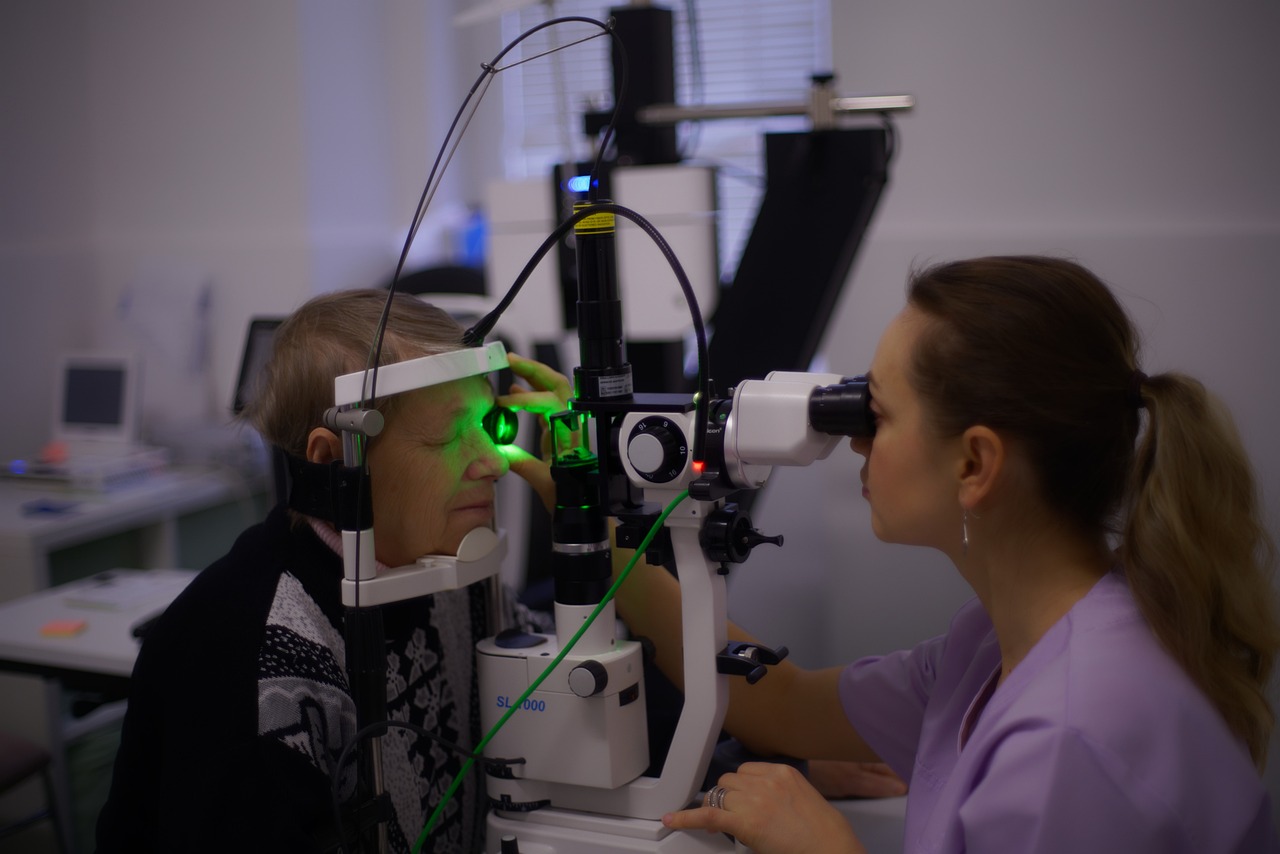What common eye diseases can be detected by a fundus examination?
Diabetic retinopathy
Diabetic retinopathy (referred to as “diabetic retinopathy”) is a common retinal vascular disease, one of the major blinding eye diseases in people over 50 years old, with no obvious symptoms in the early stage, but vision loss and even blindness in the later stage. Its severity is not related to age, but closely related to the duration of diabetes, with the longer the duration of diabetes, the incidence of diabetic retinopathy is also gradually increased.
Prevention of diabetic retinopathy:
(1) Strict control of blood sugar, blood pressure and blood lipids;
(2) Regular fundus examination, at least once a year;
(3) Treat diabetic retinopathy according to the stage of diabetic retinopathy.
Hypertensive retinopathy
Hypertensive retinopathy is a condition in which a prolonged and sustained increase in blood pressure, or a rapid increase in blood pressure, causes sclerosis of the retinal blood vessels, which can lead to haemorrhage, hard oozing, and even papillary oedema. Initially there are no symptoms, but gradually vision loss occurs, which can lead to blindness in severe cases.
In general, 70% of hypertensive patients will have fundopathy, i.e., complicated hypertensive retinopathy. Fundus lesions are related to age, degree of elevated blood pressure, and duration of the disease. The older the patient is, the longer the duration of the disease, the higher the incidence of fundus lesions, and the more serious the condition.
Central retinal vein thrombosis
Central retinal vein embolism is a common group of diseases that can lead to blindness and is the second most common retinal vascular disease after diabetic retinopathy. Patients with this disease often present with acute or subacute, varying degrees of vision loss, usually without pain, and commonly due to thrombosis.
The likelihood of developing central retinal vein occlusion increases with age. Patients with hypertension, hyperlipidaemia and diabetes have a higher risk of developing central retinal vein occlusion, and the incidence of the disease tends to increase over the years and at a younger age. Once you feel a change in your vision, you should see an ophthalmologist for a detailed examination.
Age-related macular degeneration
Age-related macular degeneration refers to age-related changes in the central retinal area (macula) in people older than 50 years of age. These changes include retinal pigment epithelial cell atrophy, choroidal neovascularisation haemorrhage, exudation, etc., which ultimately result in a decline in the patient’s visual function.
Common clinical manifestations: reduced visual acuity, loss of vision, blurred vision; dark spots in the centre of the visual field on visual field examination; abnormal colour vision, loss of colour discrimination, for example, seeing red and green differently than before, or differences between the right and left eyes; and distorted and twisted vision.

